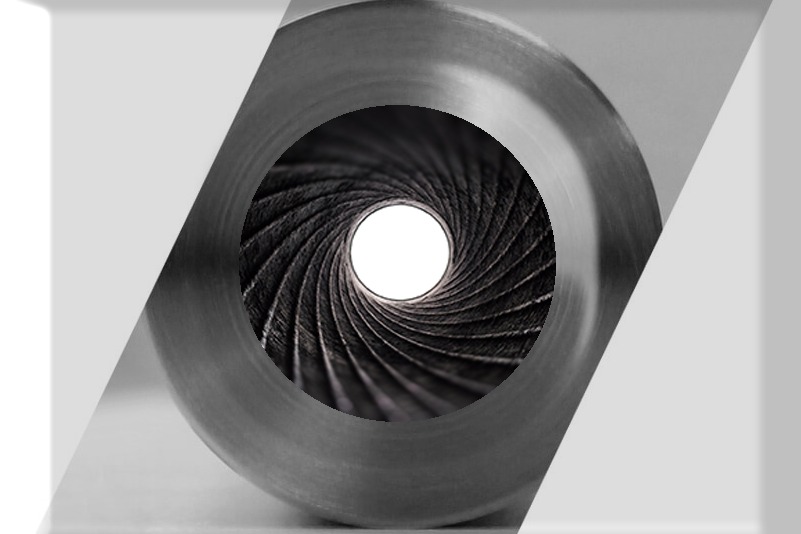Posted by Rifle Supply Team on 6th Jan 2022
Barrel Twist Rates Explained
If you've ever spent any time shopping for a rifle,
or even a handgun for that matter, you've probably seen or heard the term twist rate and wondered what that might mean. Well, you are not alone. New and seasoned shooters alike do not fully understand what a twist rate is and why it matters. As usual, we here at Rifle Supply are going to break it down for you into simpler terms.
Twist rate refers to the rate of spin that is applied to the bullet from the rifling in the barrel. The best way to think of it is using the example of throwing a football, when you throw the ball, you want a strong spiral on the ball to get as much distance and accuracy as possible. The same principle applies to a bullet when leaving the barrel of a gun.
The “twist” action is achieved by rifling, which are small machined spiral grooves on the inside of the firearm's barrel. When the gun is fired, the bullet will travel down the barrel and the grooves force it to rotate. The twist “rate” in a barrel is measured by how far a bullet must travel down the barrel to make a single full rotation.For example, a common twist rate for an AR-15 rifle would be 1:7 (1 in 7), meaning that the bullet will twist 360 degrees once it travels 7 inches through the barrel.

Why Twist Rate Matters:
The twist rate in your barrel is pretty important, as it aids in the stability of the bullet in flight just like the spiral on a football. To fly true and be accurate, a bullet needs that spin (twist) otherwise the projectile could start to wobble or tumble through the air causing the bullet to veer off course.
So obviously knowing your barrels twist rate is important as it can affect your accuracy, and understanding it can help you optimize your results by pairing the right twist rate and bullet grain for you. The conventional school of thought is that heavy bullets need a fast twist and light bullets need a slow twist to remain stable in flight. So bullet weight plays a big role in choosing your twist rate.

The standard used by the United States military is typically a twist rate of 1:7, and even though it's a pretty fast twist rate, it's a very common choice for the average Joe. It works great for those higher grain bullets and there are plenty of options on the market. A 1:8 twist is generally thought of as the most versatile in the group as it allows you to shoot the weights right in the middle of the range and even up to 80 grain while still being effective in stabilizing the round in flight. While the 1:9 barrel can handle stabilizing lighter rounds in the range of around 45 and approximately 77 grain.
All that being said it’s hard to go wrong with a 1:7 or 1:8 twist barrel in your AR for the average shooter. They both can handle a wide range of bullets weight grains keeping you on target.
Just remember that the twist rate of your barrel is just one factor that affects the accuracy of your rifle. Knowing how the twist rate will affect your accuracy and applying that knowledge can definitely help you hone your skills, and doing a work-up to find the right combination of bullet grain weight and barrel twist can lift your shooting to the next level if you're willing to put in the time. Remember, the best way to improve your skills as a shooter is to get out to the range and practice.
What are you thoughts? Agree, disagree? Post in the comments below and thanks for reading.
And As Always, Welcome To The Family!

